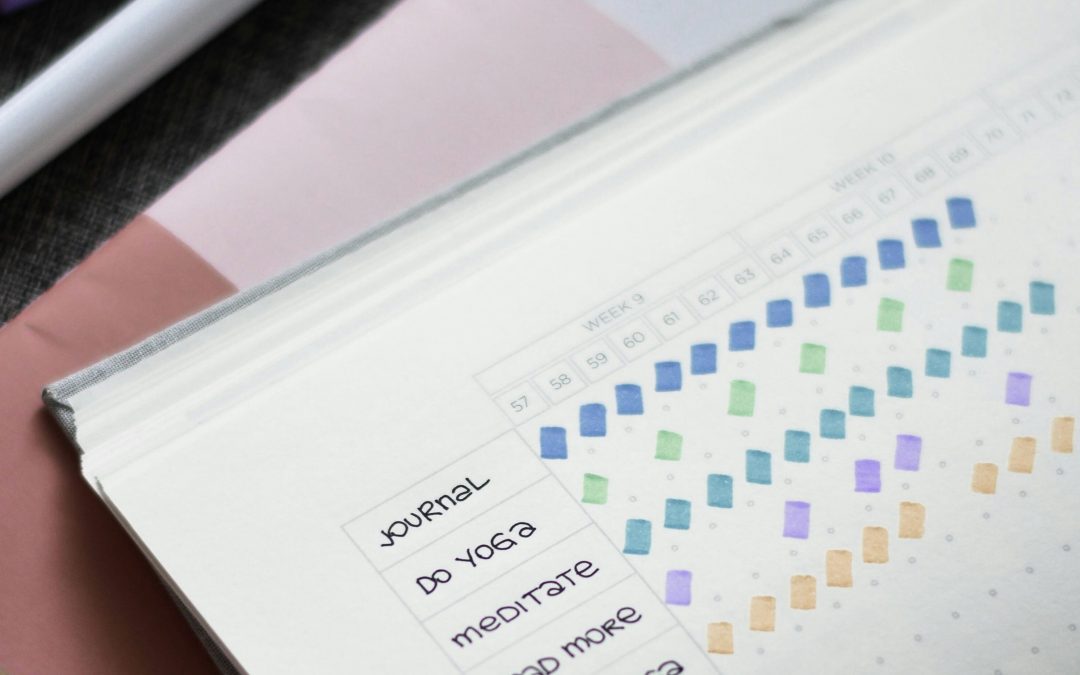Starting a meditation practice can feel like one of those things you know is good for you and should be done daily. However, it somehow always ends up being pushed to the bottom of your to-do list, right after “clean the garage” and “organize the sock drawer. We all know that meditation comes with a treasure trove of benefits—from melting away stress and sharpening focus to boosting emotional resilience and overall well-being. The real challenge lies in figuring out how to meditate consistently amid our chaotic schedules. It’s easy to let distractions take over, but setting aside even a few minutes each day can make a world of difference.
In this blog post, we’ll learn practical tips and strategies to help you integrate meditation into your daily life, ensuring that it becomes a sustainable and enjoyable habit. The key is to find what works for you. Select the tips that resonate with you from the list below, and remember, you don’t have to do everything at once. It’s more about consistency than perfection.
Understanding Meditation
Meditation is essentially a workout for your mind, or at least that is what I tell myself and it keeps me coming back. It’s like taking your brain to the gym for a bit of strength training and a lot of stretching. Meditation involves techniques to train attention and awareness, helping you achieve a mentally clear and emotionally calm state. But when I say mentally clear, I don’t necessarily mean a mind with no thoughts. I mean a mind that has the ability to notice when they’ve become distracted, and then choose what to focus on.
There are various types of meditation, such as mindfulness, focused attention, mantra, guided, and body scan, each offering unique benefits. Regular practice can reduce stress, improve focus, and boost emotional health.
Start Small
Begin with short sessions of 5-10 minutes. or even less if you’d prefer. I started with 3 minutes a day. Did that for a few days and then added anther minute. It was starting to feel easier. Plus, something was better than nothing. It’s less about the duration and more about the regularity. A habits and habit, no matter the action, big or small.
Patience is Key
Don’t expect immediate results. It’s like planting a tree; you won’t get shade the next day, but with time, you’ll have a full-grown oak. It may take a bit, but soon you’ll start to notice subtle changes. Personally, I felt like it helped me catch up with my thoughts and connect them to my body. It was like finally lowering the drawbridge between my mind and body, allowing everything to feel more connected.
Progress Over Perfection
Focus on progress, not perfection. Some days will be better than others, and that’s perfectly okay. Aiming to be just 1% better every day is much more manageable than the all-or-nothing, lock and load approach I used to take when trying to make a change. Inevitably, I would have to stop because it wasn’t sustainable, leaving me bewildered as to why I couldn’t “just stick it out.” This would spiral into negative self-talk, convincing myself that there must be something wrong with me. It wasn’t pretty. But it turns out, small changes over time add up to big results.
How To Meditate Consistently
Designate a Time: Choose a specific time of day that fits seamlessly into your routine—morning, midday, or evening. But at the same time, be flexible. Life is flexible. It moves in unexpected ways so pressuring yourself to do it at the same time everyday might not work for you.
Create a Sacred Space: Set up a quiet, comfortable space dedicated to meditation. This can be a good be an option for some and can lend it self well when trying to nail down a new habit.
Use Reminders: Set alarms or use meditation apps to remind you to practice. I’m a fan of post it notes. On the mirror, the door, my phone. It’s a classic and still works to this day.
Keep a Meditation Journal: Admittedly I’ve never done this but I’ve heard good things. Track your progress and reflect on your experiences. It can be motivating to see how far you’ve come. Now that I’ve written this, I might start using Rosebud AI in that way. If you’re unfamiliar with Rosebud you can learn more about it here.
Buddy System: Find a meditation buddy or join a group for accountability. If you’re more of a solo individual but feel that you would benefit with an accountability partner, check out a meditation app. I’ve listed a few in this post about meditation apps.
Overcoming Common Challenges
Dealing with distractions is an inevitable part of learning how to meditate consistently. Expect them and plan for them.
When your mind starts to wander, focus on your breath or use a mantra to regain concentration. It’s like swatting away flies while enjoying a picnic. Each time you bring your attention back, you strengthen your ability to stay present, making it easier over time.
Restlessness is another common challenge. It’s perfectly natural and can be used as a focal point in your practice. Instead of getting frustrated, observe your restlessness without judgment. Acknowledge the sensation and allow it to be present without trying to change it. By accepting restlessness as part of the meditation process, you can learn to sit with discomfort and develop a deeper sense of patience and resilience. This acceptance can transform restlessness from an obstacle into an integral part of your practice, helping you build mental strength and emotional stability.
Staying motivated can be tough, especially on days when meditation feels more like a chore than a pleasure. Remind yourself of the numerous benefits and set small, achievable goals to maintain your motivation. If you normally meditate for 10 minutes, but on some days, you can only crack out three minutes, do three minutes. Something is better than nothing.
Each session is a step towards greater clarity and peace, making it easier to see the value of your practice and stay committed to it. By setting these felxible goals and acknowledging your progress, you’ll discover how to meditate consistently and reap the long-term benefits of a regular meditation practice.
Extra Tips for Deepening Your Practice
Incorporate Breathwork: Breathwork can enhance your meditation by promoting relaxation and focus. It’s like adding a turbo boost to your practice.
Explore Different Styles: Experiment with various meditation styles to find what resonates with you. It’s like trying different cuisines to see what delights your palate.
Use Technology Mindfully: Utilize meditation apps, wearables like the Muse headband, and online resources to deepen your practice. It’s like using a GPS for your meditation journey.
Lucia Light Meditation: Try Lucia Light meditation as an advanced technique. It enhances relaxation, reduces stress, and induces a meditative state. It’s like turning on a light switch for inner peace.
To recap, figuring out how to meditate consistently involves understanding meditation, setting realistic expectations, creating a routine, and using techniques that resonate with you. Given the chaos of life, it might help to approach it with the attitude that you’re meditating in the middle of a circus. By integrating these elements and having realistic expectations, you can overcome distractions and restlessness, maintain motivation, and fully reap the benefits of a consistent meditation practice.


Recent Comments